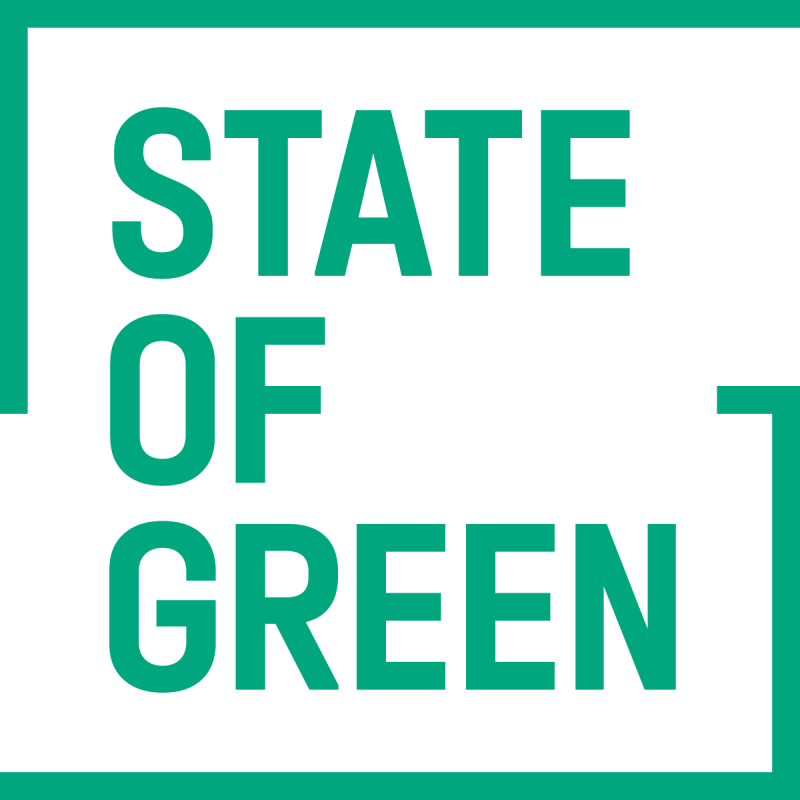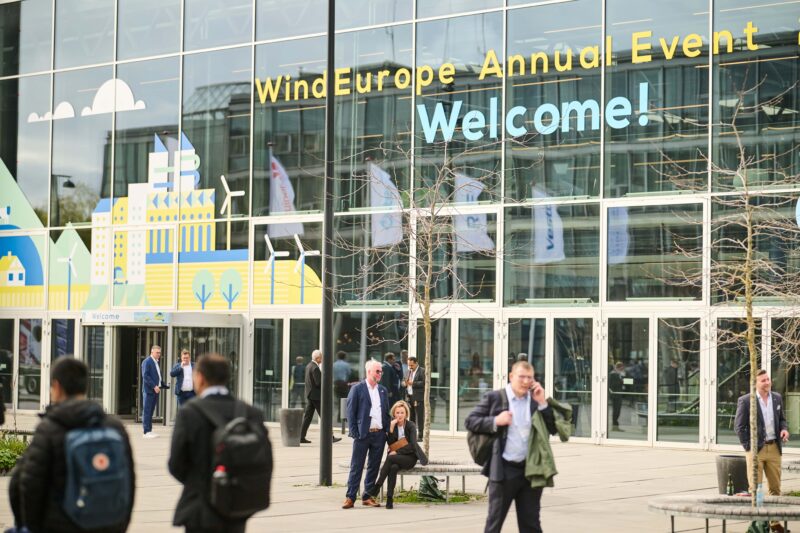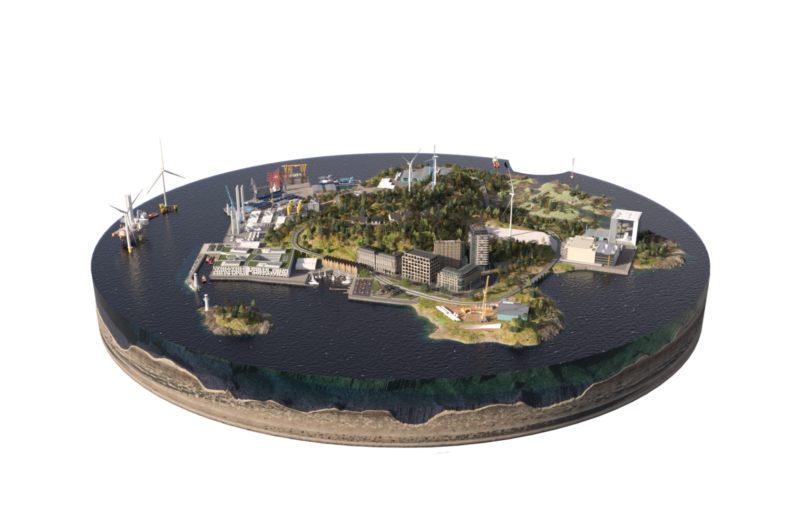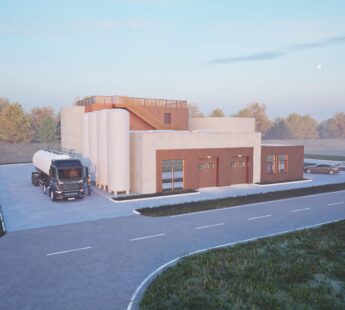Setting new benchmarks
This towering innovation signifies a leap forward in turbine design and capacity. With its 130-metre-long blades attached to a nacelle measuring 11 by 11 metres, the turbine is expected to generate enough power to meet the annual electricity needs of approximately 20,000 households. The turbine’s installation comes at a time when the global wind energy market is fiercely competitive, particularly as European manufacturers face mounting pressure from Chinese counterparts.
Jacob Pedersen, Head of Equity Research at Sydbank, commented: “This turbine is a major step forward, substantially larger than other Western offshore models currently on the market. It strengthens Europe’s position in the global wind energy sector.”
The transportation of the turbine components to Østerild was an engineering challenge in itself. Roads were temporarily reconfigured, with streetlights and signs removed, and roundabouts widened to accommodate the oversized load as it travelled from Siemens Gamesa’s factory in Brande, Jutland to the test centre.
Once operational, the turbine will undergo rigorous testing to refine its performance and ensure it meets international standards for commercial deployment.
A response to global competition
The race to build larger and more efficient turbines is intensifying as countries aim to meet ambitious renewable energy targets. The new Siemens Gamesa turbine comes as a response to similar advancements in China, where manufacturers have introduced turbines with outputs exceeding 25 MW.
Jan Hylleberg, Deputy Director at Green Power Denmark, explained: “Chinese producers benefit from extensive state support, making competition challenging. This new turbine represents Europe’s response, showcasing innovation and scale to maintain competitiveness.”
The development of this turbine has been bolstered by EUR 224 million in EU development funding, highlighting the importance of public-private collaboration in accelerating green energy innovation. Denmark’s parliament recently approved expanding the Østerild test centre to accommodate turbines up to 450 metres tall, underlining the country’s commitment to maintaining innovation and competitiveness within the wind sector.
The test centre for wind turbines, as the one in Østerild, represents an important aspect of Denmark’s wind sector, which encompasses the whole wind value chain.
Denmark is by many considered the birthplace of offshore wind energy. In 1991, Denmark made history as the first country in the world to install a commercial offshore wind park. 11 wind turbines with a combined capacity of 5 MW were installed in the shallow waters off the coast of Vindeby in the southeast of Denmark.
Learn more about Denmark’ wind energy history, ambitions and discover tangible solutions





















